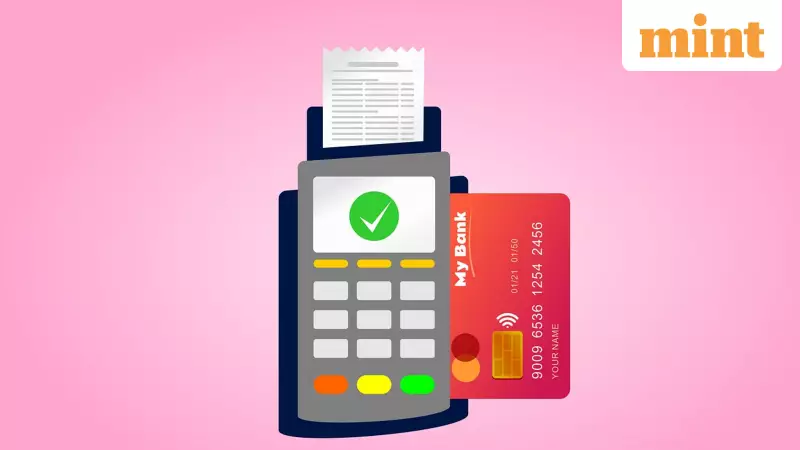
A simple coffee run could soon present you with a more complicated choice at the checkout. The price of your favourite latte might be $5 if you pay with cash, $5.10 with a basic credit card, or $5.25 if you use a premium rewards card. This new reality is on the horizon following a major legal settlement that promises to reshape the payments landscape in the United States.
The End of a Two-Decade Legal Battle
This potential shift stems from a recently announced settlement between payment giants Visa, Mastercard, and U.S. merchants, concluding an antitrust legal battle that spanned nearly twenty years. The core of the dispute has always been interchange fees – the charges that banks collect from merchants every time a customer pays with a credit card.
While this agreement, which is still awaiting court approval, includes a modest average reduction of 0.1 percentage points in these fees over five years, its most significant impact lies in the new freedoms it grants to shop owners. It is crucial to note that this settlement could face challenges, as a similar deal fell apart last year due to objections from some merchant groups.
More Power for Merchants, New Fees for Consumers
Analysts predict that the most immediate change consumers will notice is the introduction of tiered surcharges. Currently, if a store adds a fee for using a credit card, it typically applies to all credit cards equally. The new rules would allow merchants to apply different surcharges based on the category of card you use.
For instance, a no-frills credit card might come with a 2.5% surcharge, while a premium card offering travel points or cashback could incur a 3% fee. This directly helps merchants offset the higher costs associated with processing rewards-heavy cards. However, this strategy is not without risk for businesses. A survey commissioned by TD Cowen found that roughly two-thirds of consumers would switch their payment method if faced with a 3% to 4% surcharge.
To facilitate this, the settlement requires banks to add clear visual markers to cards to identify their category, though analysts warn this system-wide update could take years to implement.
What Happens to Card Rewards and Benefits?
For Indian consumers who closely follow global financial trends, a key question is the fate of popular card rewards. The banking industry has long argued that capping interchange fees would threaten the lucrative rewards programs that customers enjoy.
Fortunately for cardholders, analysts believe the fee reductions in this settlement are too small to trigger any sweeping cuts to rewards. The travel points, cash-back bonuses, and airport lounge access that define premium cards are likely to remain intact. Similarly, analysts do not anticipate major jumps in annual fees solely because of this deal.
Instead, the new landscape may force banks to compete more aggressively to retain high-spending customers. With merchants gaining the ability to steer shoppers toward cheaper payment methods, issuers will have a stronger incentive to offer compelling perks and benefits to maintain customer loyalty. As Sara Rathner, a credit card analyst at NerdWallet, stated, "I can’t imagine any issuer would want to take [rewards] away if it’s really popular."
While the settlement does not affect debit cards, it marks a significant turning point in the relationship between merchants, payment networks, and consumers, potentially making the act of paying more strategic than ever before.





